Why Your Yard Is a Pest Magnet & How to Fix It for Good
After decades of digging in the dirt and helping people with their yards, you start to see things a little differently. I once had a client whose property was gorgeous—perfect lawn, immaculate flowers—but they had a fly problem that just wouldn’t quit. We checked everything. The trash was sealed, the dog poop was picked up. The culprit? A tiny decorative fountain with a pump so weak the water was barely moving. It had turned into a five-star resort for fungus gnats and shore flies, which in turn attracted other pests. The fix was simple, but it only came from learning to see the garden not as a person does, but as an insect does.
In this article
Honestly, managing pests isn’t about waging some all-out war on nature. It’s much smarter than that. It’s about understanding what every creature out there is looking for: food, water, and a safe place to hide. When we accidentally offer up a perfect little buffet of all three, we’re basically sending out a neon sign that says, “Pests Welcome!”
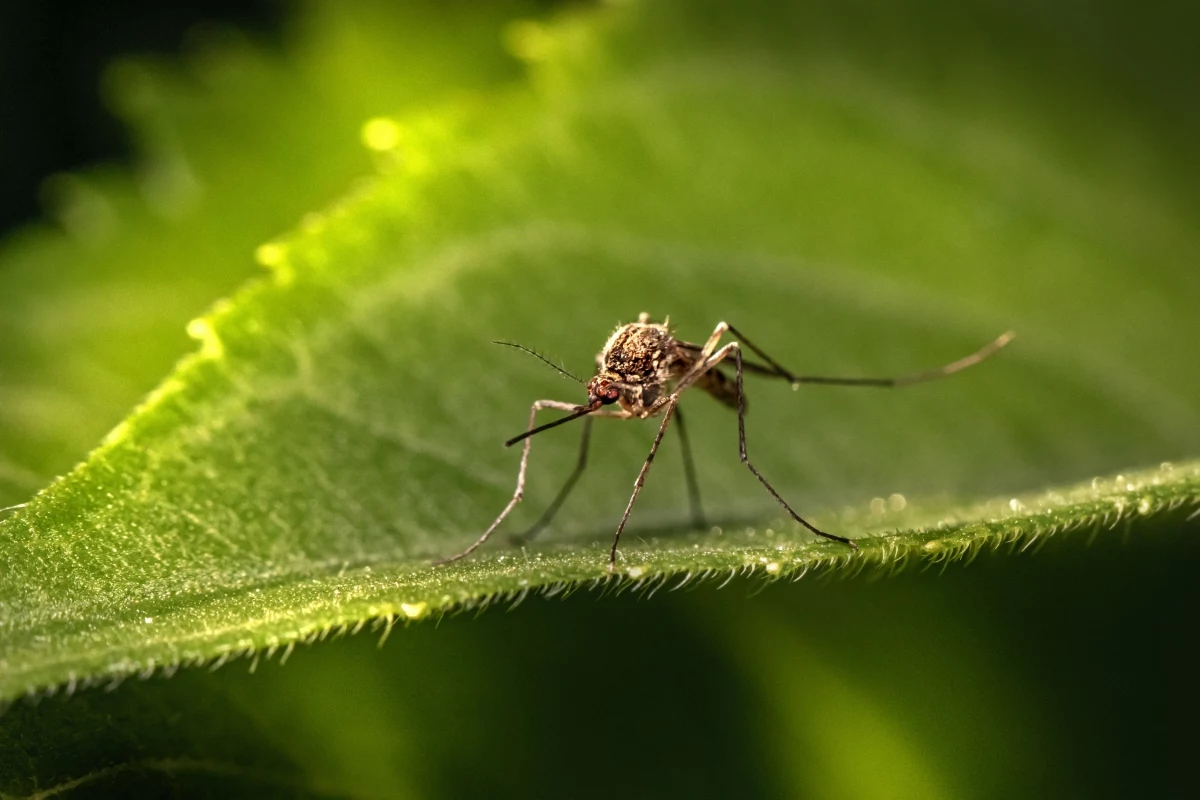
The pros call this approach Integrated Pest Management (IPM), but really, it’s just common sense. It’s about being proactive and closing the invitation before the party gets started. By spotting and removing these attractants, you can make your garden way less appealing to unwanted guests and build a healthier space for your plants, your family, and the cool wildlife you actually want to see.
The Lure of Water: It’s Not Just Puddles
Water is life, and this is especially true for pests like mosquitoes. And here’s the kicker: it doesn’t take much. We all know to dump out big puddles, but a mosquito can lay hundreds of eggs in a pool of water as small as a bottle cap. It’s wild.
A female mosquito needs a blood meal to get her eggs ready, and then she goes on the hunt for stagnant water to lay them in. In the heat of summer, those eggs can hatch into larvae—the little ‘wrigglers’ you see in standing water—in just a day or two. A week later, they’re adult mosquitoes ready to start the cycle all over again. That’s how one forgotten bucket can cause a neighborhood-wide problem in about 10 days.
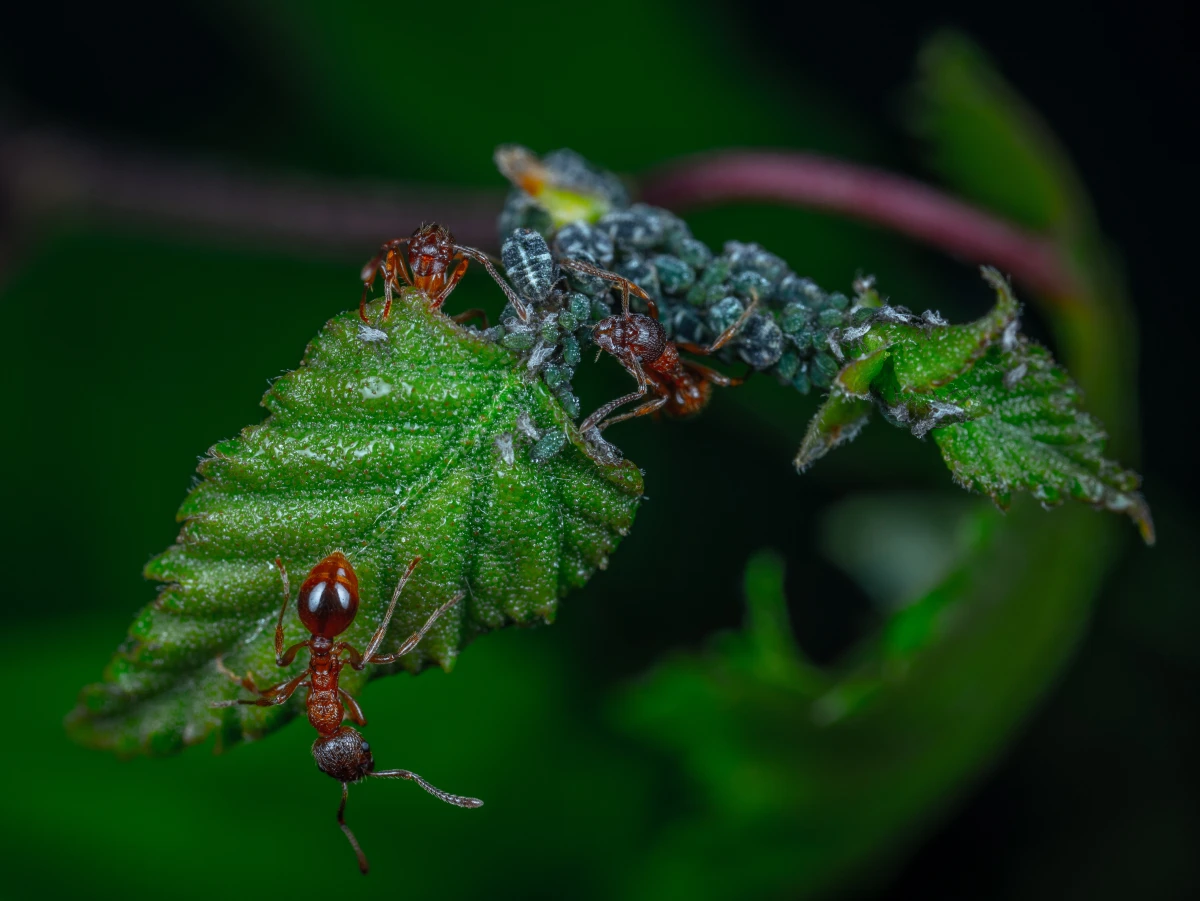
By the way, not all mosquitoes are the same. Some are drawn to gross, nutrient-rich water, like what you’d find in a gutter clogged with rotting leaves. Others are perfectly happy in smaller pockets of clean water, like the saucer under your potted plant or the rainwater collected in a kid’s toy left on the lawn.
Your Weekend Water Audit: A Pro’s Checklist
When I assess a property, I’m looking for water in all the sneaky places. Here’s a quick rundown you can use. In fact, make it a little challenge: after the next rain, take 15 minutes and walk your yard. I bet you’ll find at least a few of these you never noticed before.
- Gutters & Downspouts: This is a huge one. Clogged gutters are a primary mosquito factory. They should be cleaned out at least twice a year, usually in late spring and again in late fall. Make sure the downspouts are actually directing water away from your house, not creating a new puddle.
- Plant Saucers: The little tray under your potted plant is a classic. After you water, just dump the excess out. A little pro trick: fill the saucer with sand or fine gravel. The water will still drain, but there won’t be any standing water for eggs.
- Birdbaths & Pet Bowls: These are great, but you have to stay on top of them. Scrub and change the water every three days. This simple habit completely disrupts the mosquito life cycle.
- Random Stuff: Seriously, walk your yard and look for anything that can hold water. Tarps, wheelbarrows, empty pots, old tires… you’ll be amazed at all the hidden reservoirs.
- Corrugated Drain Pipes: Those black, flexible pipes used for drainage? The ridges inside trap little pools of water long after the rest has drained. If you can, it’s much better to use smooth PVC pipes for drainage.
But what about water you can’t just dump, like in a rain barrel or a pond without fish? For these, we have a secret weapon: Bti. It stands for Bacillus thuringiensis israelensis, which is just a naturally occurring soil bacteria. Mosquito larvae eat it, and it destroys their stomach. It’s completely harmless to people, pets, birds, fish, and even bees. You can find it in products called ‘Mosquito Dunks’. They look like little tan donuts and you can grab a 6-pack for about $10-$15 at most hardware stores or garden centers. One dunk will treat a small pond or rain barrel for a full 30 days. It’s a fantastic, targeted solution.
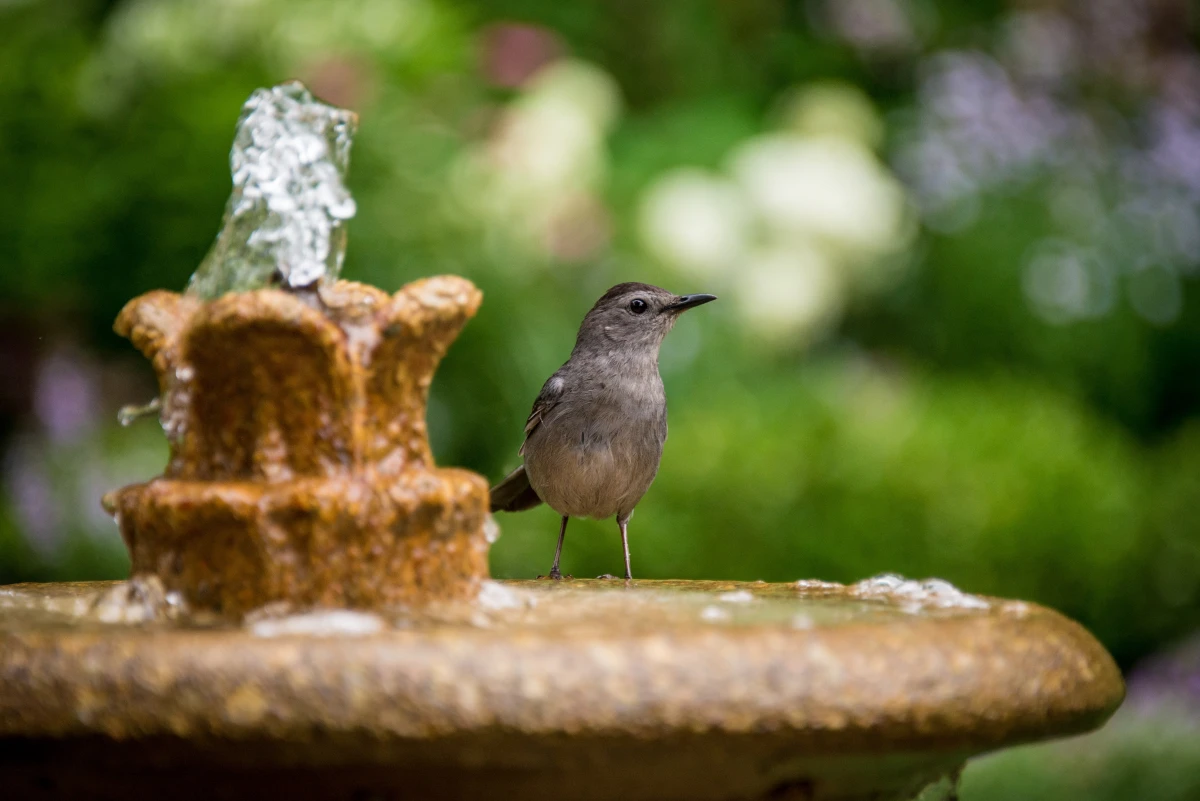
The Unintended Buffet: Closing the Kitchen
Pests have an incredible sense of smell. From flies to ants to raccoons, they’re drawn to your yard because something smells delicious to them. Your job is to figure out what that is and shut it down.
Trash Cans: More Than Just a Lid
Everyone knows to put a lid on the trash. But a flimsy lid won’t stop a determined raccoon, and just the smell seeping out is enough to attract flies and yellow jackets. A bungee cord can help, but the real pro move is to control the odor at the source.
Over time, leaky garbage bags create a disgusting residue at the bottom of the can—I call it ‘trash juice’. It’s a super-powerful pest attractant. At least once a month, you should wash out your outdoor trash and recycling bins. Use a stiff brush, some soap, and water. A capful of bleach in a bucket of water works wonders, but if you’re avoiding harsh chemicals, a strong mix of white vinegar and water is a great alternative that also neutralizes odors. Let the can dry completely in the sun before you use it again.
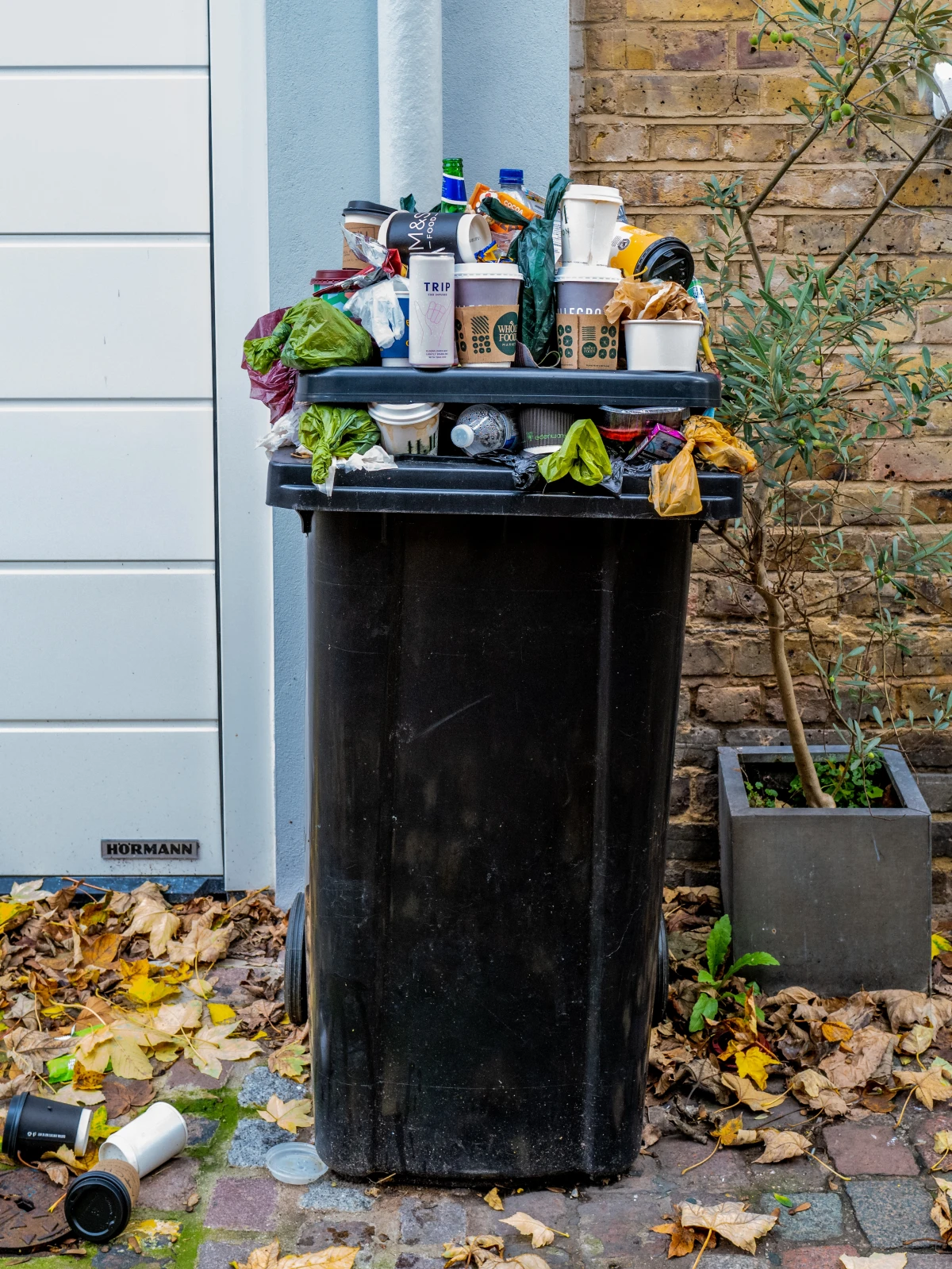
Compost Piles: Good Intentions, Bad Smells
I’m a huge fan of composting, but a poorly managed pile is a pest paradise, offering food, warmth, and shelter all in one spot. The key is to get it ‘hot’. A hot compost pile reaches temperatures that kill weed seeds, diseases, and pest larvae. To get there, you need the right recipe.
Beginner’s Hot Compost Recipe: The magic formula is a balance of ‘Greens’ (nitrogen) and ‘Browns’ (carbon). A good rule of thumb is a 30:1 carbon to nitrogen ratio, but don’t get hung up on the numbers. Just think of it this way: for every bucket of ‘greens’ like kitchen scraps or fresh grass clippings, you need to add two or three buckets of ‘browns’ like dried leaves, shredded cardboard, or straw. Always cover your fresh kitchen scraps with a thick layer of browns. This buries the smells and keeps the balance right. Turn the pile with a pitchfork once a week to add oxygen, which feeds the good microbes that create the heat. A healthy pile should smell earthy, not like garbage.
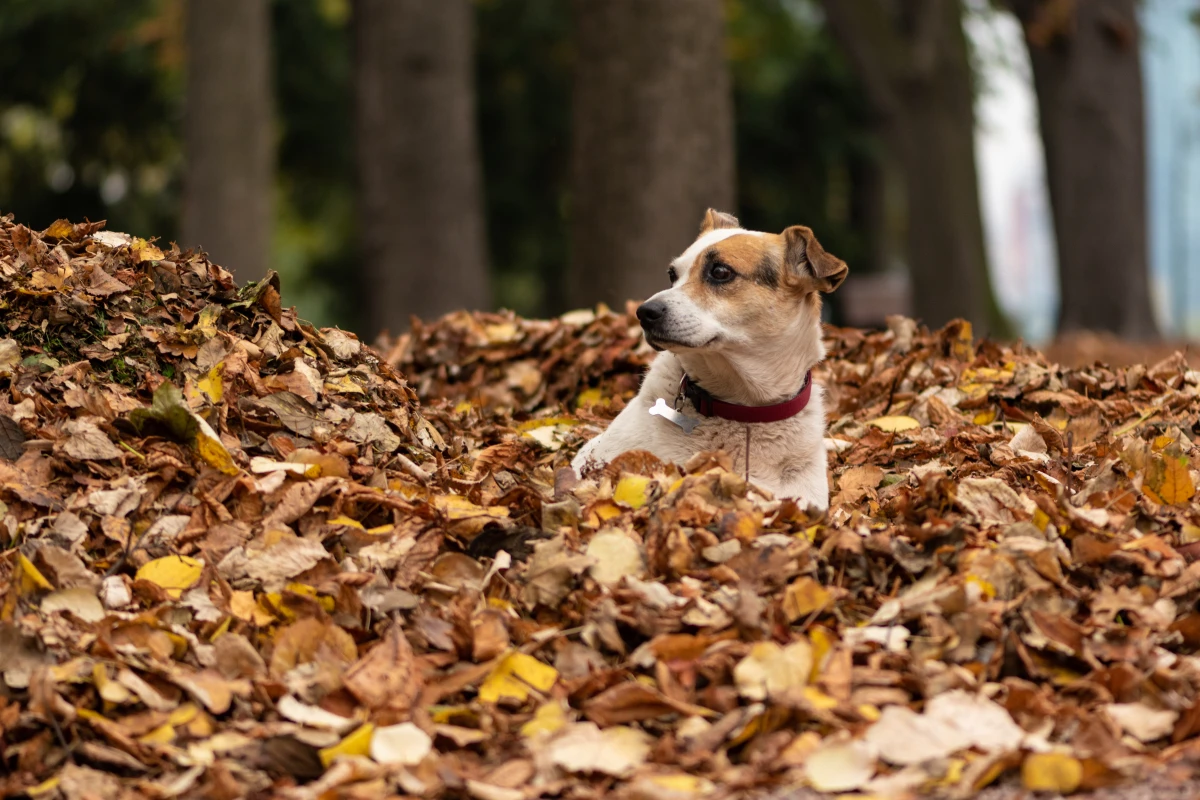
Bird Feeders and Fallen Fruit
Feeding the birds is wonderful, but spilled seed is an open invitation for rodents and ants. Try using a feeder with a built-in seed tray to catch the mess. Also, place feeders away from your house so any critters they attract aren’t right next to your foundation.
Fallen fruit is another big one, especially for yellow jackets in late summer. As fruit ferments on the ground, it becomes irresistible. During that season, you have to be diligent about cleaning it up. If daily cleanup sounds like too much, here’s a 5-minute hack: just rake or kick the fallen fruit into a single pile each day. The next day, you can scoop up that one consolidated pile in a minute, instead of hunting all over the yard. It’s a game-changer.
Nowhere to Hide: Removing Pest Shelters
Okay, so you’ve cut off the food and water. The last thing a pest needs is a safe place to hide. And we often provide these without a second thought.
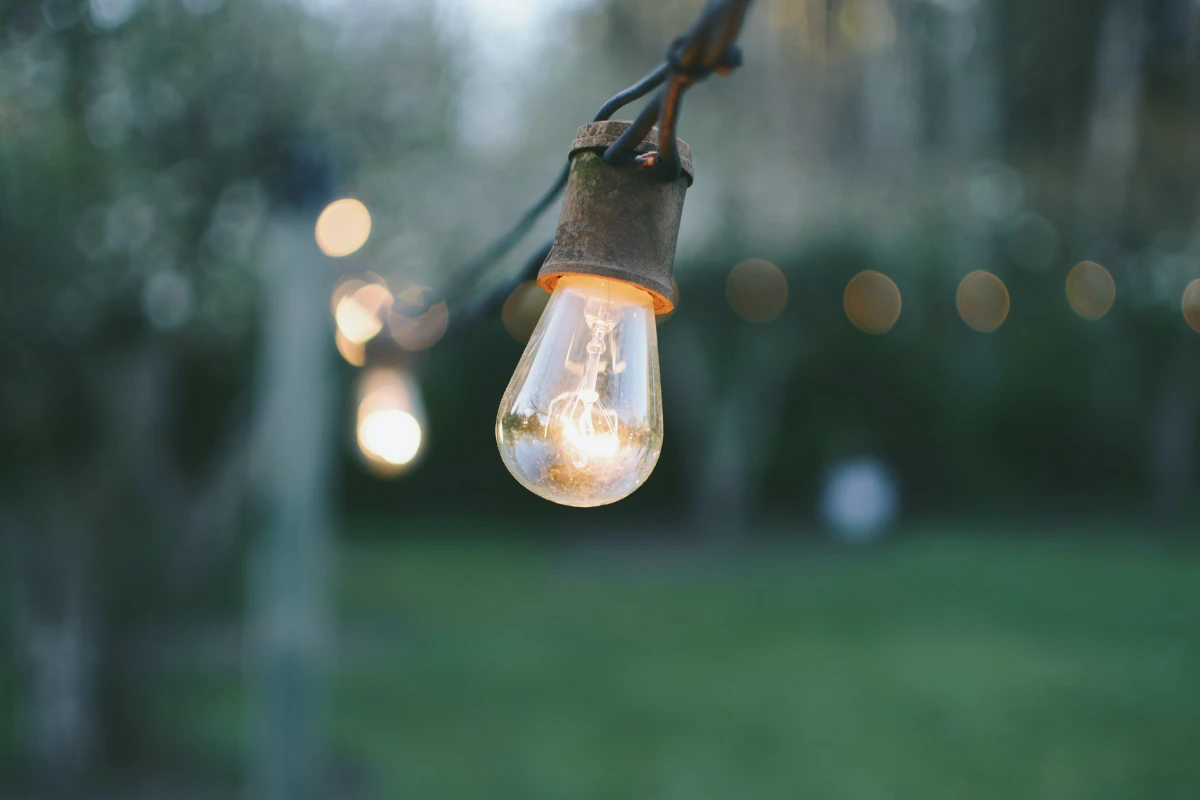
A pile of firewood stacked directly on the ground, right up against your house? That’s like building a pest superhighway straight into your home’s structure. It’s a dark, damp, perfect home for termites, carpenter ants, spiders, and even mice. A non-negotiable rule I follow: all firewood must be stacked on a raised rack (at least a foot off the ground) and stored a good 20 feet away from the house. This keeps it dry and creates a buffer zone.
This same logic applies to any pile of junk—old lumber, leaves, grass clippings. These are five-star hotels for slugs, earwigs, and other creepy-crawlies. Clean them up and dispose of them properly.
Mulch: The Double-Edged Sword
As a gardener, I love mulch. It’s great for the soil. But a thick layer of wood mulch piled up against your foundation is a huge mistake. It traps moisture against your home, which can lead to rot and attract termites. It also gives pests a hidden, protected path to travel.
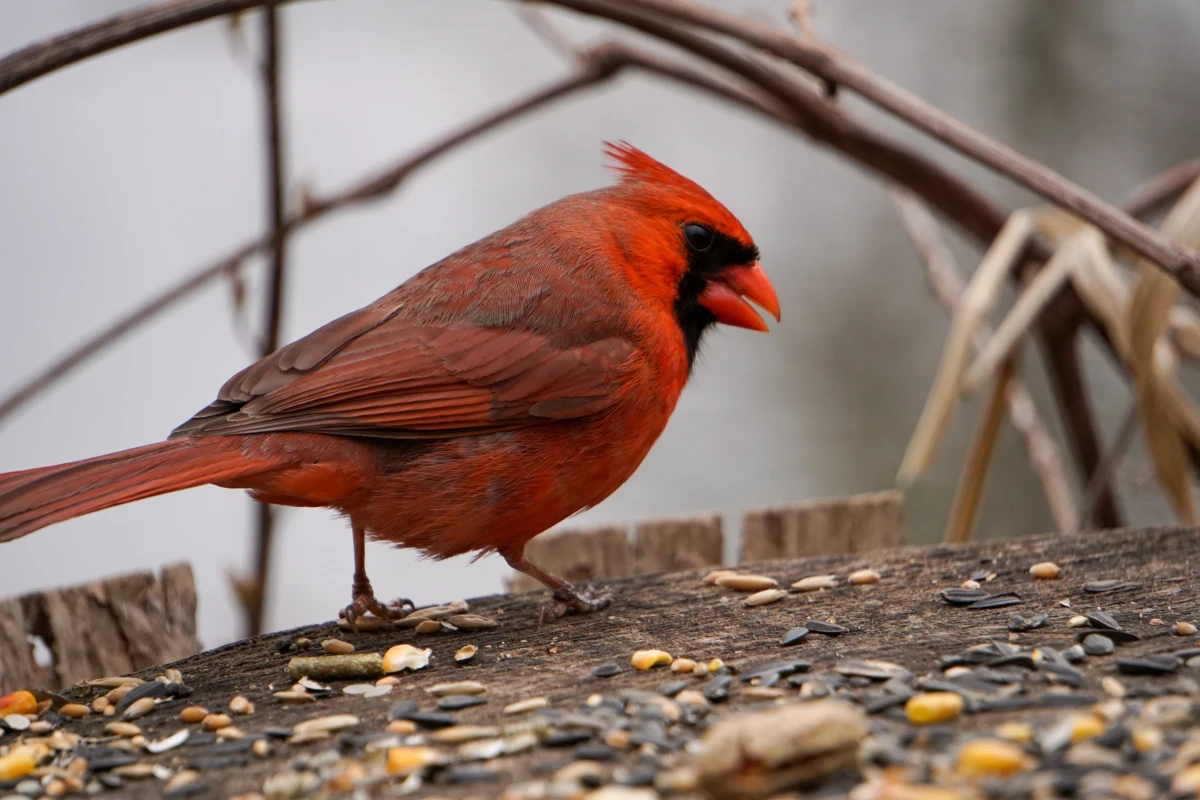
The solution isn’t to stop using mulch; it’s to use it smartly. I always recommend maintaining a ‘mulch-free zone’ of about 12 to 18 inches all the way around your house’s foundation. You can fill this gap with decorative gravel or stones. It creates a dry, inorganic barrier that pests hate to cross and makes it easy to spot any potential trouble.
The Subtle Lures: Lights and Plant Health
Some attractants are less obvious. The very light you use and the health of your plants can be sending out signals you’re not even aware of.
Many nocturnal insects are drawn to light. Bright, cool-white and blue-toned lights are the worst offenders, which is why your porch light can look like a bug party on a summer night. The fix is simple: change the color of your bulbs. Look for bulbs labeled ‘warm white’ or with a Kelvin rating under 3000K. An outdoor LED bulb like this usually costs under $10 and will save you money and a ton of bug-swatting. Amber-colored ‘bug lights’ are even better. Also, use motion sensors so lights are only on when needed.
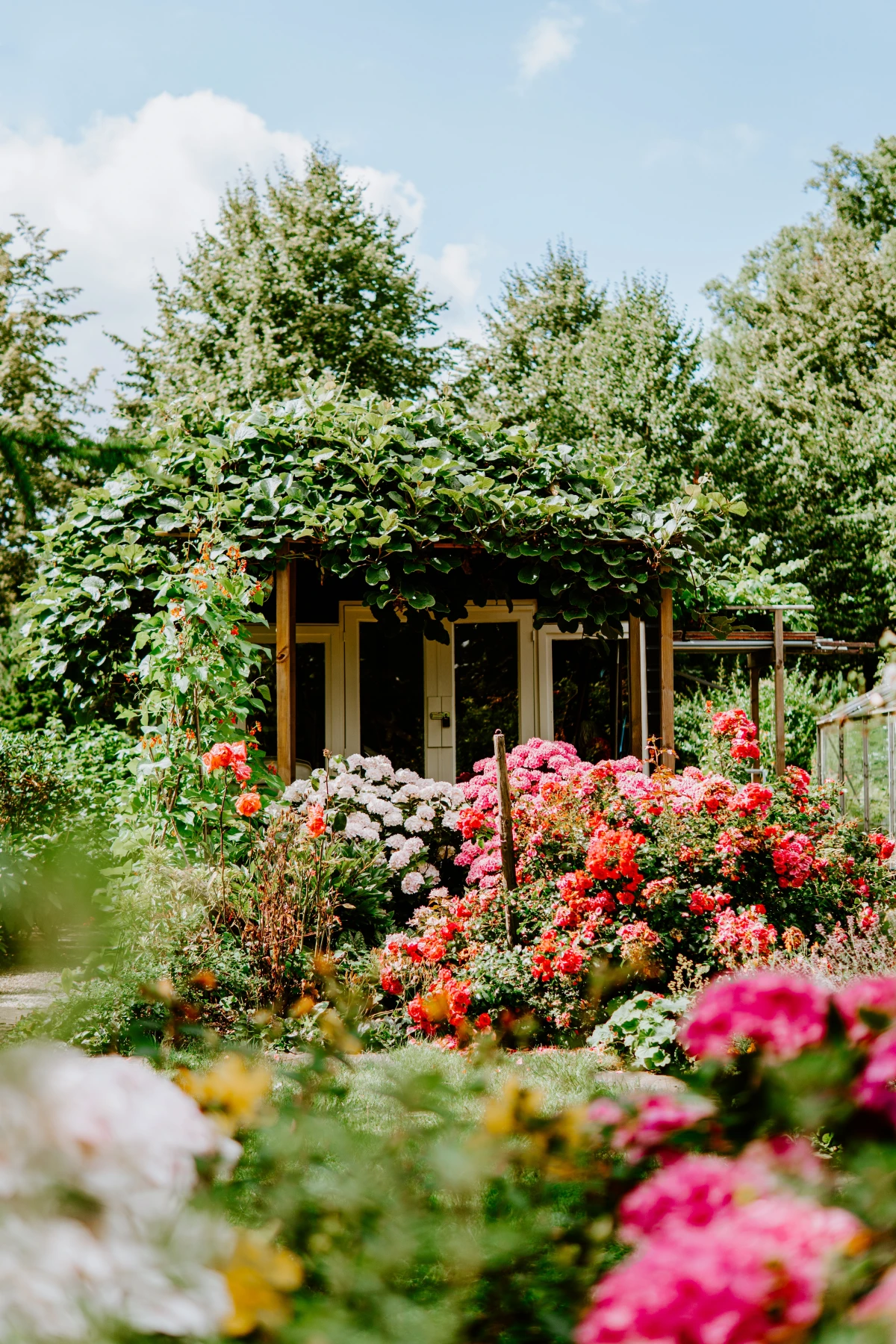
Stressed Plants Ring the Dinner Bell
This is a concept that really separates the novice gardeners from the experienced ones. A healthy, happy plant can defend itself. A stressed plant, on the other hand, is a target. Stress from too much or too little water, poor soil, or the wrong location sends out chemical signals that pests like aphids and spider mites can detect from far away.
You see this all the time with roses. If the new growth is weak and suddenly covered in aphids, that’s your plant waving a red flag. It’s a signal to check the watering and soil, not just to grab the spray bottle. Pests are often the symptom, not the root cause. The best defense is to simply put the ‘right plant in the right place’ and take good care of it.
When You Do Need to Call a Pro
Look, being proactive will solve 90% of your problems. But sometimes, you need to call for backup. If you find a large wasp or hornet nest, especially near a door, don’t be a hero. Professionals have the right gear to handle it safely.
And if you suspect termites? Call a licensed pest control company immediately. Look for thin, branching lines of dried mud, almost like muddy straws, snaking up your foundation from the ground. That’s a termite highway, and it’s a sign of a problem you can’t solve on your own. Same goes for a serious rodent issue inside your house.
Heads up! Even ‘organic’ pesticides can harm beneficial insects like bees if you use them wrong. Always read the label—it’s a legal document—and never spray in the middle of a sunny day when pollinators are active. Creating a pest-resistant garden is all about observation and consistency. Think like a maintenance expert, not a firefighter, and you’ll build a yard that’s more balanced, resilient, and fun to be in.
Inspirational Gallery
Is your backyard lighting inviting the wrong kind of crowd?
Many standard outdoor bulbs, especially bright white or blue-toned LEDs, are irresistible to moths, beetles, and other night-flying insects. This swarm then attracts predators like spiders, who build webs right where you least want them. Switching to yellow-tinted
A single healthy bat can eat up to 1,000 mosquito-sized insects every hour.
Instead of just repelling pests, consider inviting their natural predators. Installing a simple bat box high on a tree or the side of your home encourages these highly effective, winged pest-control agents to take up residence. They are quiet, nocturnal neighbors whose nightly foraging flights can dramatically reduce the population of mosquitoes, moths, and beetles in your yard.
Your woodpile might be more than just future firewood. For termites, carpenter ants, and spiders, a stack of wood is a luxury condominium. It provides shelter from the elements and, in the case of termites, a 24/7 buffet. To keep these pests out of your home, always store firewood on a raised rack at least 5 inches off the ground and a minimum of 20 feet away from your house’s foundation.
The way you mulch can either deter or welcome pests. It’s a choice many gardeners overlook.
- Wood Chip Mulch: Inexpensive and common, but it can retain too much moisture against the foundation, creating a haven for earwigs, centipedes, and even termites.
- Cedar or Cypress Mulch: These woods contain natural oils and chemicals (like thujone in cedar) that act as a repellent for pests like cockroaches, termites, and certain ants.
- Rubber Mulch: While a recycled option, it doesn’t offer any food source and won’t attract wood-boring insects, but it can get very hot in the sun.
For pest-prone areas near the house, cedar is often the smartest choice.
That fallen fruit from your apple or cherry tree might seem harmless, but on the ground, it’s a major pest attractant. Rotting fruit is a primary food source for yellow jackets, fruit flies, ants, and even rodents like rats and raccoons. A diligent daily cleanup during fruiting season is one of the most effective ways to prevent a sudden infestation.
- Deters slugs and snails from your lettuces and hostas.
- Creates a deadly barrier for ants, earwigs, and other crawling insects.
- Is completely non-toxic to pets and humans.
The secret? A light dusting of food-grade diatomaceous earth. This fine powder is made from the fossilized remains of tiny aquatic organisms. To an insect, it’s like crawling over microscopic shards of glass, which compromises their waxy outer layer and causes them to dehydrate. It’s a powerful physical control, not a chemical one.
Bird Feeder Spillage: While intended for birds, the seeds that fall to the ground from feeders are a feast for mice, rats, and squirrels. These rodents can then be tempted to find shelter nearby—potentially in your garage or home.
Smart Feeder Solution: Use a pole-mounted baffle to prevent squirrels from climbing up, and attach a seed hoop or tray (like the ones from Songbird Essentials) underneath the feeder to catch the overflow. This simple addition keeps the ground clean and the menu exclusive to your feathered friends.
According to a study by the University of Delaware, an unmanaged compost pile can become a significant breeding ground for fungus gnats and fruit flies, with populations large enough to become a nuisance for an entire block.
Think of your garden as a community. The ancient technique of companion planting uses this idea to its advantage. Instead of monocultures, you strategically place plants that help each other out. For instance, planting marigolds around your tomato plants can help repel nematodes in the soil, while nasturtiums can act as a ‘trap crop,’ luring aphids away from more valuable plants like your roses. It’s about creating a balanced system where nature does the heavy lifting.
Unsealed trash and recycling bins are an open invitation. The faint smell of leftover food, soda residue, or food packaging is a powerful beacon for everything from flies and ants to raccoons and rats. Ensure your outdoor bins have tight-fitting, securable lids. For an extra layer of defense, rinse out cans and bottles before tossing them in the recycling, and give the bins themselves a quick wash with a high-pressure hose and a splash of vinegar once a month.










